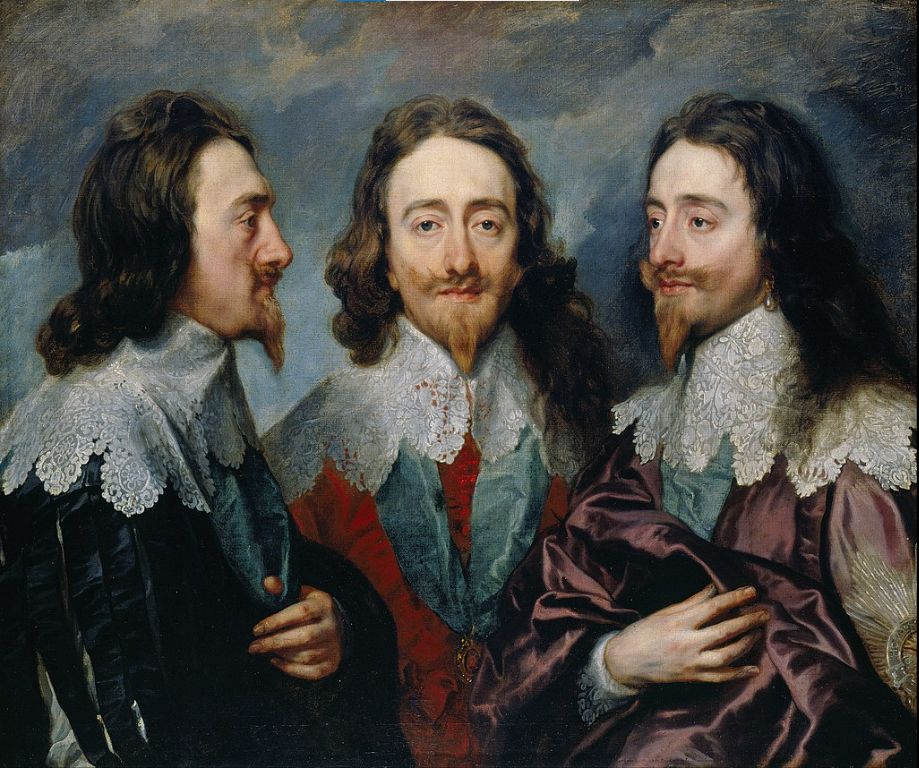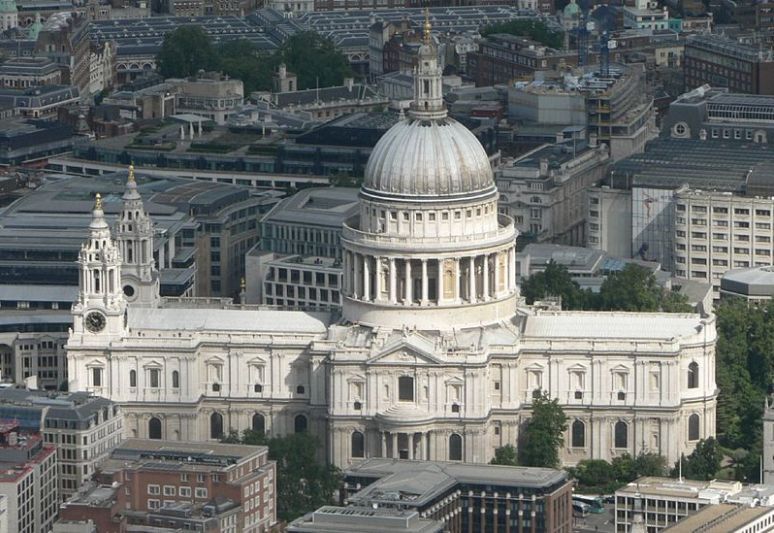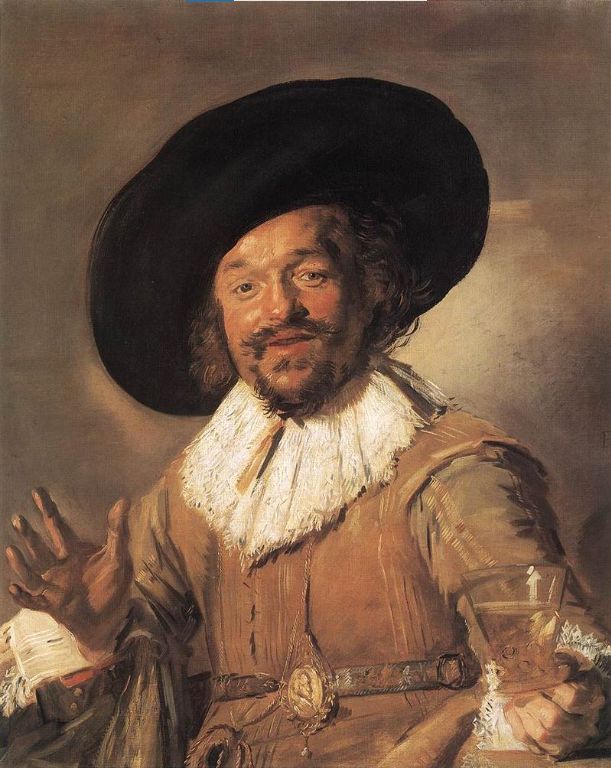Despite the political marriages between the Netherlands and England that led to two wars, the cultural exchange between the two nations remained strong, especially in the realm of visual arts and architecture. This cross-border artistic interaction not only enriched the cultural landscapes of both countries but also provides a critical perspective on the development of European art.
In the 17th century, Dutch art was highly influential across Europe, impacting neighboring Flanders and significantly permeating England. Many English patrons commissioned works from Dutch artists, and artists like Anthony van Dyck often worked and even settled in England. Van Dyck's gentle and elegant style was greatly admired by the English nobility, and his portraits laid the foundation for the development of English portraiture.

In architecture, Dutch decorative stonework had a profound influence on English building styles. English architects adopted Dutch architectural elements, integrating them with local needs to create a unique architectural style. However, in the early 17th century, English architecture was also influenced by Italian designs. Inigo Jones introduced an Italianate style into royal buildings in England, a style further developed by Christopher Wren in his architectural masterpieces. Wren's designs for St. Paul's Cathedral and the reconstruction of 51 parish churches destroyed in the Great Fire of London in 1666 combined classical Puritanism with Baroque opulence, demonstrating grandeur without oppression.

Christopher Wren was not only an outstanding architect but also an exceptional mathematician and astronomer. He seamlessly integrated scientific principles into his architectural designs, embodying the experimental spirit of the Royal Society scientists. In rebuilding St. Paul's Cathedral, Wren drew inspiration from prints of Bramante's designs for St. Peter's Basilica in Rome and late Italian and French architecture, making the cathedral a hallmark of Anglican architecture.
The influence of Dutch painters in England extended beyond architecture and portraiture. Dutch landscape and genre paintings captivated English artists and collectors. Works by Frans Hals, Rembrandt, and other Dutch painters, with their distinctive styles and technical prowess, were highly praised in the English art scene. Dutch artists' meticulous depiction of everyday life and natural scenery reflected their love of life and dedication to art, a realistic painting style that gradually influenced English painters, encouraging them to focus more on portraying real life.

However, England was not merely a passive recipient of Dutch art. In the 17th century, England gradually developed its own artistic style, enriched and refined through exchanges with Dutch artists. English artists like William Hogarth, whose satirical works exposed social ills, pioneered English satirical art. Hogarth's works were heavily influenced by Dutch genre paintings, yet he innovated upon this foundation, creating a unique artistic style.
Overall, the artistic exchange between the Netherlands and England in the 17th century was a two-way street, though Dutch influence was more pronounced. This cross-border cultural exchange not only fostered the development of art in both countries but also laid the groundwork for the overall advancement of European art. Inspired by Dutch art, English artists continued to innovate, gradually forming their own artistic identity, the legacy of which continues to be admired today.